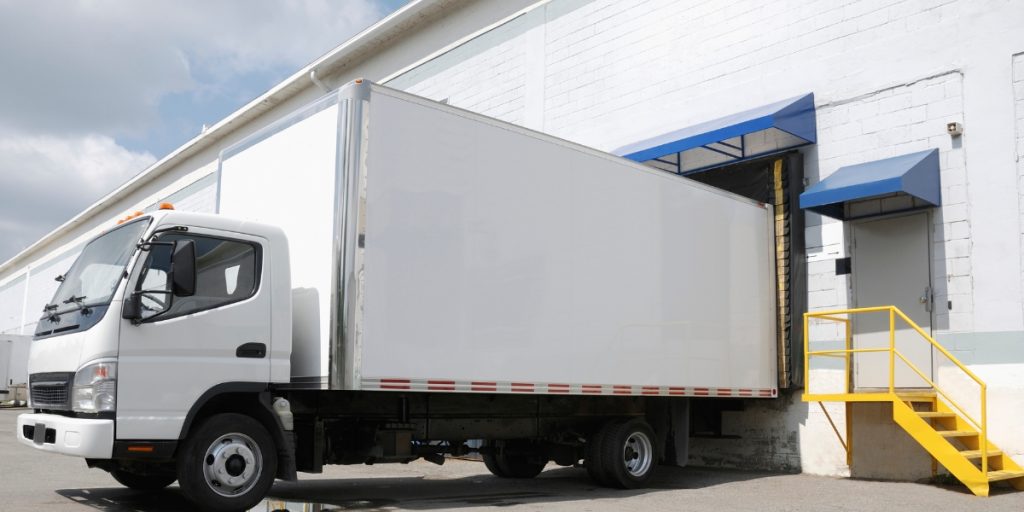
Understanding how to handle shipping wine across the country is essential if you want your bottles to arrive safely and legally. Wine shipping involves more than just placing a bottle in a box—it requires compliance with state regulations, the right packaging materials, and awareness of carrier restrictions to prevent damage or delays during transit.
Once you understand the process, sending wine becomes straightforward. By following proper guidelines, you can ensure your shipment meets all legal requirements and arrives in perfect condition.
In this guide, we’ll explain the key factors that affect shipping costs, outline which states allow wine deliveries, and share expert packaging tips that help your bottles reach their destination safely and securely.
How Much Does It Cost to Ship Wine Across Country?
The price of shipping wine across the country varies significantly based on several factors. Understanding these costs upfront helps you budget correctly and avoid surprise expenses at checkout.
We’ve seen shipping costs range from $18 per bottle for regional shipments to $55 or more for cross-country deliveries. The variation depends on distance, speed, the carrier you choose, and the additional protection measures you select.
Carrier Pricing Comparison
At All American Mail Center, we provide competitive, licensed wine shipping services across the U.S. Since the United States Postal Service prohibits alcohol shipments under federal law, all shipments are handled through our approved carrier network to ensure compliance and safe delivery.
Here’s what you can expect to pay when shipping wine with us:
Regional shipments (0-500 miles):
- Single bottle: $18-$28
- Three bottles: $28-$40
- Six-bottle case: $45-$65
Mid-range distance (500-1,500 miles):
- Single bottle: $28-$42
- Three bottles: $42-$60
- Six-bottle case: $65-$90
Cross-country shipments (1,500+ miles):
- Single bottle: $40-$55
- Three bottles: $55-$85
- Six-bottle case: $90-$130
Most carriers offer volume discounts, so shipping multiple bottles together costs significantly less per bottle than shipping them individually.
Consider this scenario: You’re shipping wine across the country—sending six bottles of your favorite Napa Valley wine to your sister in Boston for her birthday. Using ground shipping, you’ll pay approximately $90–$110 for the entire case. That breaks down to about $15–$18 per bottle, which is far more economical than shipping them individually at $40–$55 each.
4 Factors Affecting Wine Shipping Costs

Multiple variables influence your final shipping price when shipping wine across the country. Understanding these factors helps you make informed decisions about timing and service selection.
1. Distance and Delivery Speed
Transportation distance directly impacts your shipping costs. Ground shipping across the country takes 5-7 business days but costs considerably less than expedited options. However, during temperature extremes, faster shipping becomes necessary.
Two-day or overnight shipping can add 50-100% to your base cost. We recommend this premium service during summer heat waves or winter freezes to minimize exposure to extreme temperatures.
2. Packaging and Protection Requirements
Proper packaging materials add $8-$25 to your total cost. You can’t skip this expense if you want your wine to arrive unbroken.
Professional wine shipping boxes include:
- Styrofoam inserts or molded pulp dividers
- Temperature-regulating materials
- Sturdy outer boxes rated for weight
- Cushioning to prevent bottle contact
DIY packaging using bubble wrap and cardboard might save a few dollars initially. However, we’ve seen the costly consequences when inadequate packaging fails during transit.
3. Seasonal Temperature and Weather Conditions
Shipping costs increase during extreme weather months. Carriers often apply surcharges of 10-20% during peak summer (June-August) and winter (December-February) periods.
Temperature-controlled shipping or expedited service during these months protects your wine but increases costs when shipping wine across the country. Spring and fall offer the sweet spot for economical shipping without weather-related risks..
4. Destination Type and Delivery Requirements
Residential deliveries typically cost more than commercial deliveries. Carriers view businesses as more accessible with regular receiving hours.
Remote or rural locations may incur additional fees. Urban areas with dense delivery routes generally offer lower per-package costs.
How to Ship Wine Safely Across Country
Understanding costs and laws sets the foundation, but proper execution ensures your wine arrives in perfect condition when shipping wine across the country. We’ve refined this process through years of experience helping customers ship valuable wines safely.
The difference between a successful shipment and shattered bottles often comes down to preparation. Following these guidelines dramatically reduces the risk of damage or loss.
Packaging Requirements
Never skimp on packaging materials. This is where many first-time shippers make costly mistakes. Each bottle needs multiple layers of protection against impact and temperature fluctuations.
Your packaging checklist should include:
- Individual bottle sleeves (foam or bubble wrap with a minimum of 2 layers)
- Cardboard dividers prevent glass-on-glass contact
- Sturdy shipping box rated for liquid weight
- Void fill materials (packing peanuts or air pillows)
- Heavy-duty packing tape on all seams
We recommend the shake test before sealing your box. Give it a gentle shake. If you hear bottles moving or touching, add more cushioning material. The contents should feel solid and secure.
Consider this scenario: You’re shipping three bottles of premium Bordeaux, each worth $150. You save $12 by using a standard cardboard box instead of a proper wine shipper. During transit, inadequate protection allows the bottles to shift. One breaks, ruining all three bottles and causing the wine to leak. That $12 savings just cost you $450 in lost wine.
Temperature Control Solutions
Temperature extremes damage wine permanently. Heat above 86°F can cook wine, destroying delicate flavors. Freezing temperatures can push corks out or crack bottles.
Insulated shipping containers provide your first line of defense. These specialized boxes include foam walls that maintain more stable internal temperatures during transit.
For summer shipments, consider adding:
- Insulated bubble wrap or thermal liners
- Ice packs (frozen gel packs, not loose ice)
- Expedited shipping to minimize heat exposure time
Winter shipping requires similar precautions. We’ve seen frozen wine expand and crack bottles even in insulated containers during extended cold snaps.
Timing matters as much as materials. Ship early in the week so your wine doesn’t spend weekends sitting in distribution centers. Coordinate delivery timing with recipients to ensure someone can retrieve the packages immediately.
Insurance and Protection
Would you send $500 in cash through the mail without insurance? Your wine collection deserves the same protection.
Carrier insurance typically costs $1.50-$3 per $100 of declared value. For a $200 shipment, you’ll pay roughly $3-$6 for full coverage. This small investment provides peace of mind and financial protection against damage or loss.
Document everything before shipping:
- Photograph bottles and packaging
- Keep detailed records of wine values
- Save all shipping receipts and tracking numbers
- Note any visible damage to the original packaging
If damage occurs, file claims immediately. Most carriers require notification within 24-48 hours. Having thorough documentation accelerates the claims process and increases the likelihood of approval.
Common Wine Shipping Mistakes to Avoid When Shipping Wine Across The Country

We’ve seen these errors repeatedly cost people money and heartache. Learning from others’ mistakes saves you from expensive lessons.
Shipping during temperature extremes is at the top of our list. That June heat wave or January cold snap seems manageable until your $100 bottle arrives cooked or frozen. Wait for moderate weather or pay for expedited shipping with proper insulation.
Inadequate packaging ranks second among failures. Generic boxes and minimal bubble wrap don’t provide sufficient protection. Invest in proper materials or use professional packing services.
Ignoring state laws creates legal and logistical problems. Packages can be seized, returned, or result in fines. Always verify destination state regulations before shipping.
Forgetting insurance is an easy way to cut costs. Then something goes wrong during transit. The $5 you saved on insurance means eating the entire loss of broken or lost bottles.
Poor delivery coordination leaves expensive wine sitting on doorsteps in extreme weather. Work with recipients to ensure someone is available to accept delivery and move packages indoors immediately.
Get Your Wine Shipped Safely Today
Shipping wine across the country doesn’t have to feel risky or complicated. With proper planning, legal compliance, and quality packaging, your bottles arrive safely wherever they need to go.
We’ve covered the essential factors affecting your shipping costs—from carrier selection and distance to seasonal considerations and packaging requirements. You now understand which states allow wine shipments and what legal requirements you must follow. Most importantly, you know how to package wine properly and avoid the mistakes that lead to broken bottles and disappointment.
Your wine collection represents careful selection and significant investment. Treat its transportation with the same care you put into choosing those bottles. The extra time and modest additional cost for proper shipping ensure your wine arrives in perfect condition, ready to enjoy or gift.
Ready to ship your wine with confidence?
Contact All American Mail Center for professional wine shipping services. Their team handles everything—secure packaging, legal compliance, and delivery coordination—so your wine arrives safely and on time, every time.
